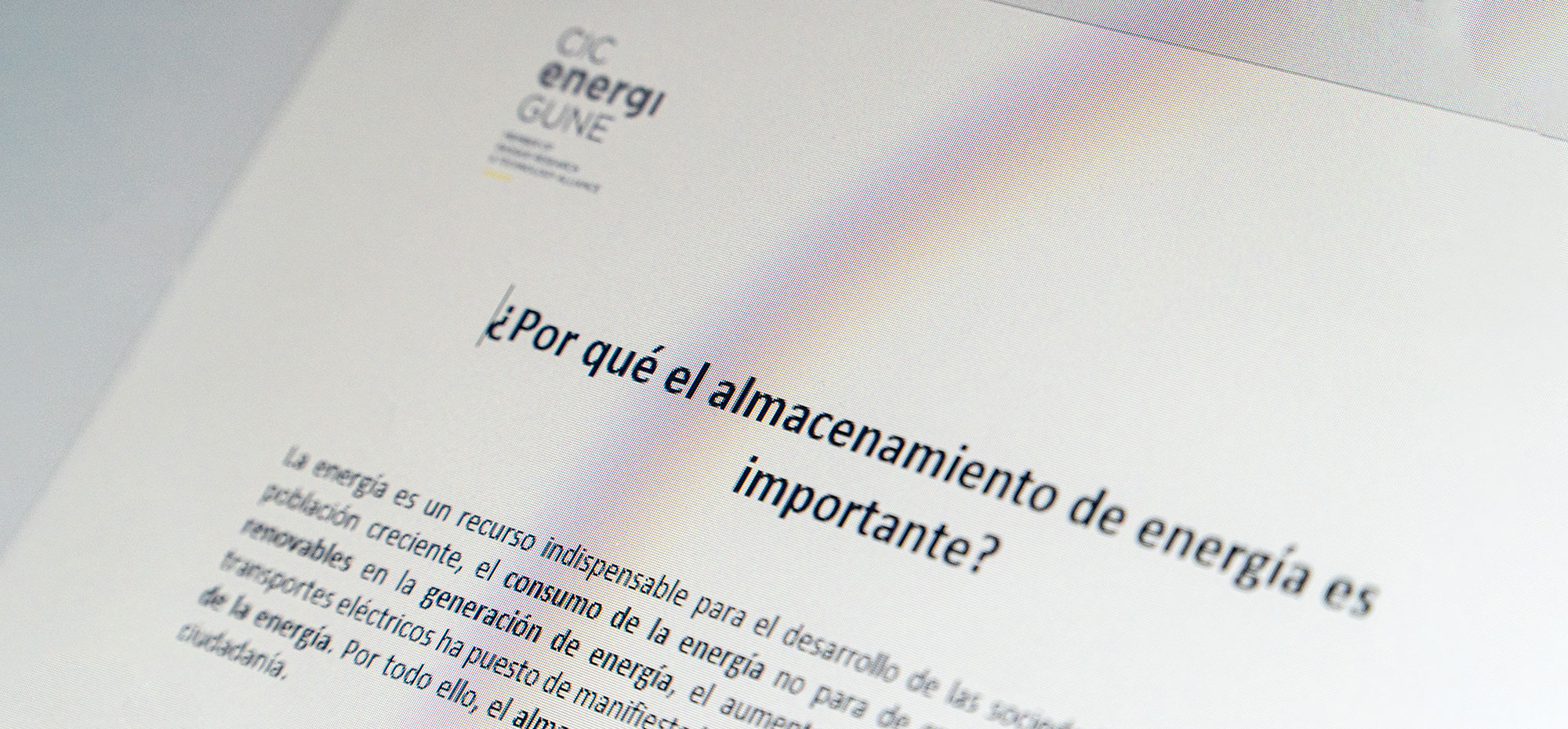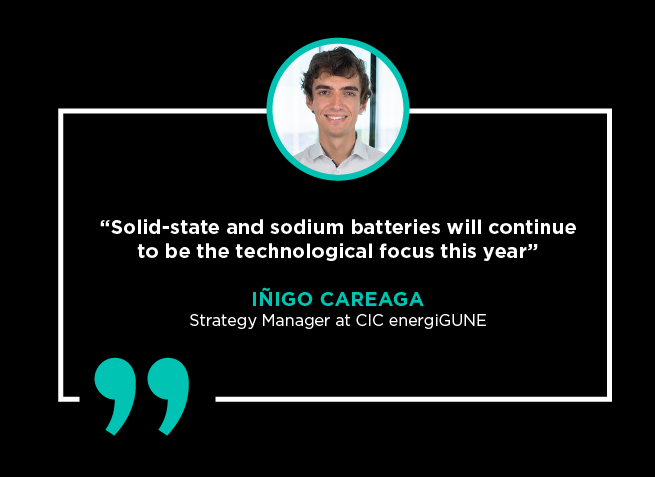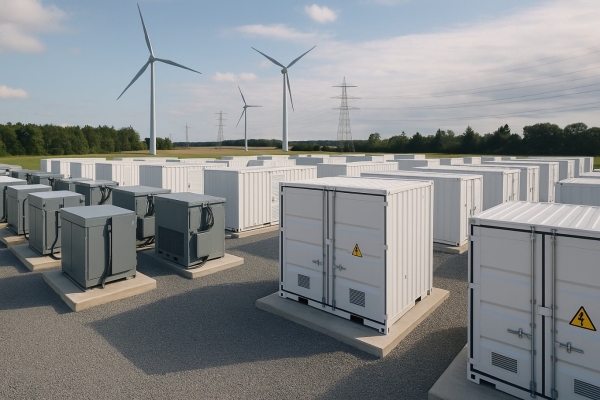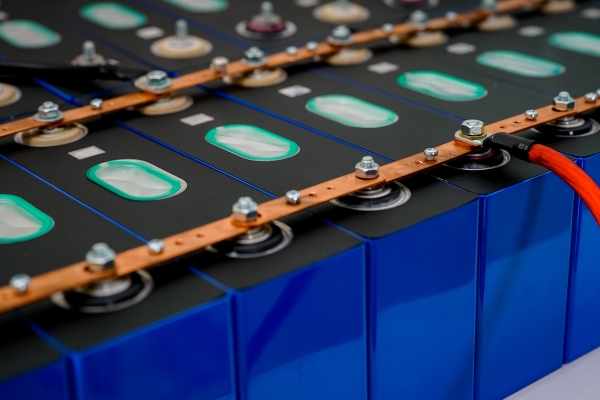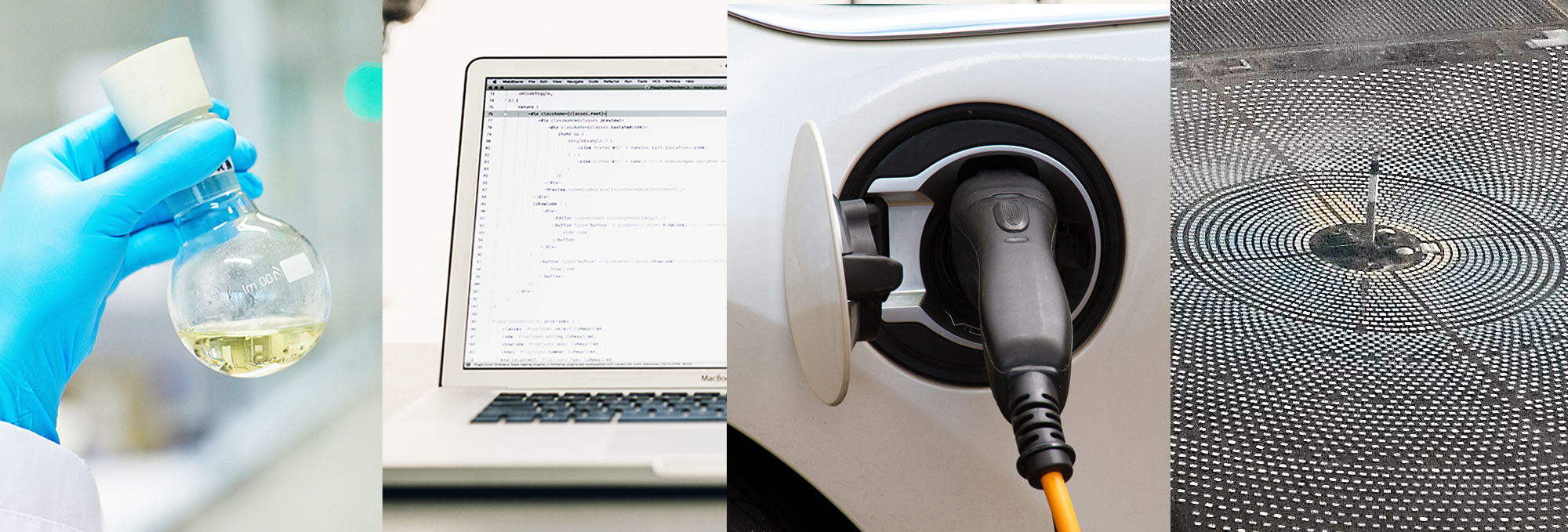1. What major headlines will dominate the industry this year?
In 2025, the battery industry will continue to be marked by the milestones associated with the rise of electromobility above all and the consolidation of alternatives for this purpose.
In terms of technology, we are sure to see significant advances in solid-state batteries and hybrid models. These batteries, together with sodium-ion batteries, will feature prominently in the industry news. Sodium batteries are positioning themselves as a complementary alternative to lithium, especially in stationary applications, thanks to their sustainability and reduced dependence on scarce materials.
At the same time, another big headline this year is expected to be the role of sustainability in the industry. The creation of efficient recycling systems to close the life cycle of batteries and the commitment to fast charging infrastructures will be key. The industry is moving towards circular models that ensure that the materials used in batteries can be recovered and reused, which will be a determining factor in the sustainable development of the sector.
2. Where do the industry´s major efforts for this year seem to be?
Above all, and beyond the development of the technologies themselves, to ensure their industrialisation and production capacity. Investments in infrastructures and the development of new regulatory policies that promote local manufacturing and the use of sustainable batteries will also mark the agenda for 2025. Energy transition and technological independence will continue to be priorities in the main markets, and this year will see these projects begin to materialise.
3. Which technologies look set to gain more and more prominence this year?
The aforementioned solid-state and sodium-ion batteries will continue to receive the most attention and financial effort from manufacturers and institutions. It is to be expected that the year 2025 will gradually establish the growth and development of these emerging technologies, both of which will climb the market as an alternative to conventional batteries.
Alongside them, we are sure to see more and more advances in technologies such as lithium-sulphur, redox-flow or metal-air. Although they are not getting as much attention, their evolution in recent years also makes them more than interesting alternatives for the future of storage.
And beyond the battery itself and its technological composition, we will see more and more approaches that seek to take advantage of the benefits that new technologies (such as artificial intelligence) can offer the industry. In fact, many BTMS (battery management systems) models are already being developed that harness the potential of such solutions to provide more accurate monitoring, failure prediction and performance optimisation, improving safety and extending battery life.

